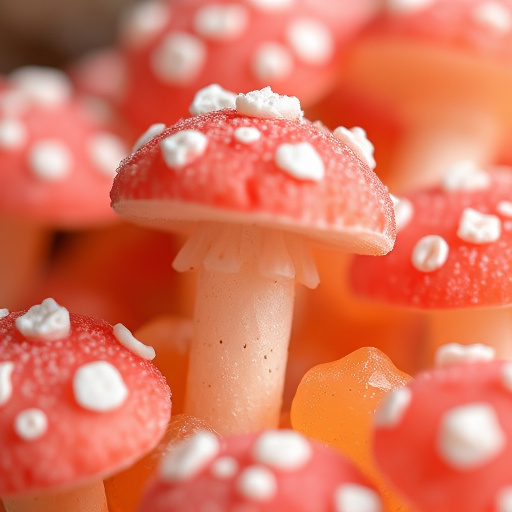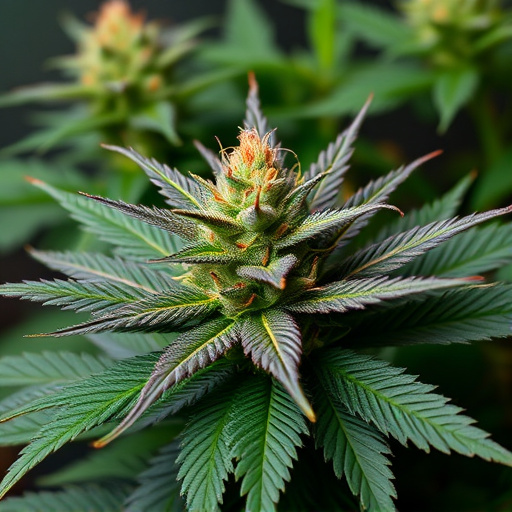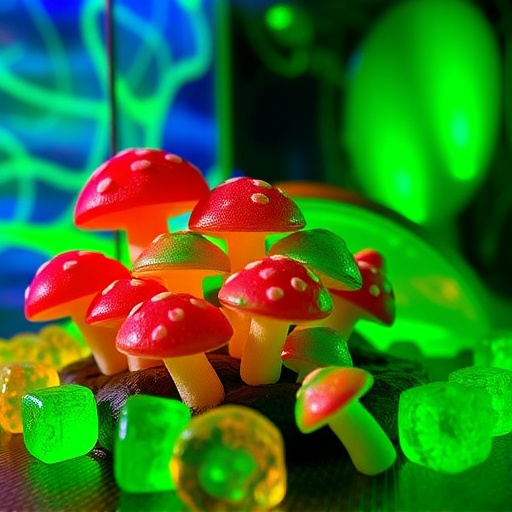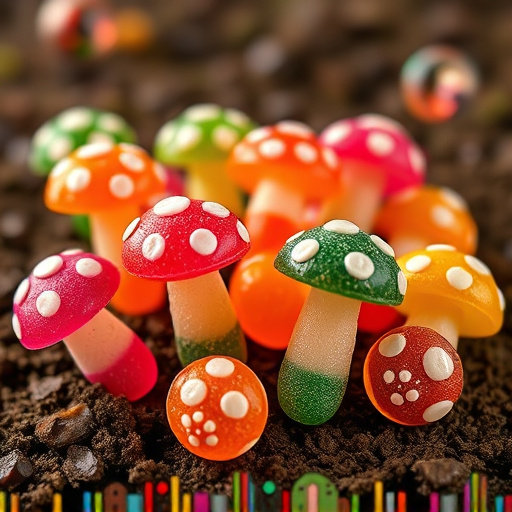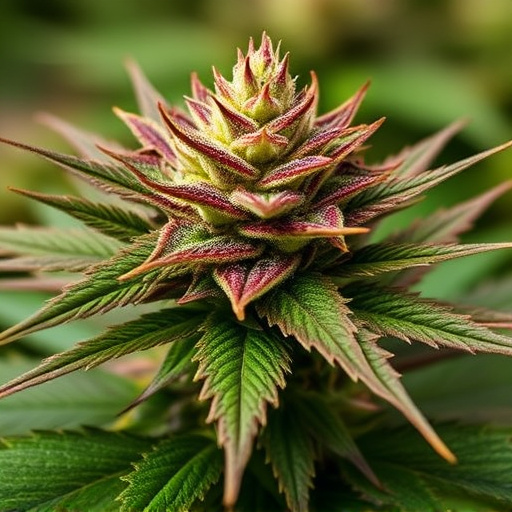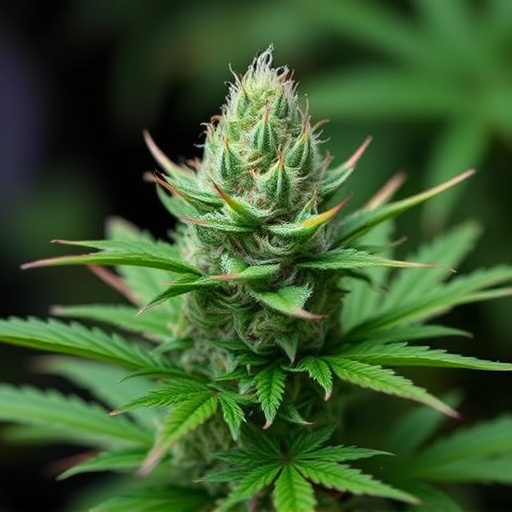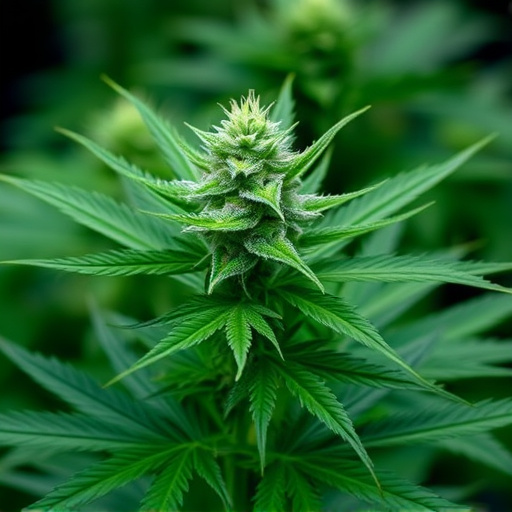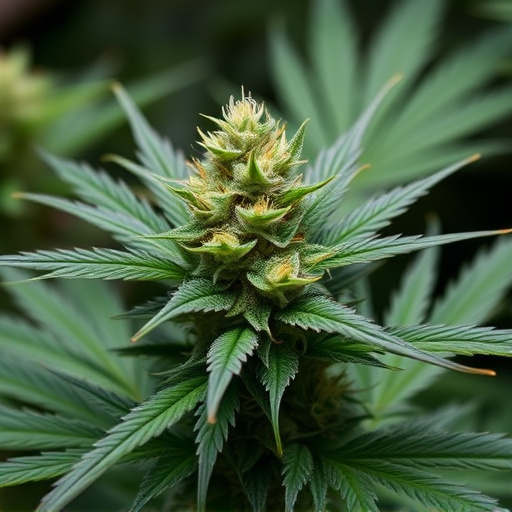Sun-grown cannabis leverages natural sunlight for healthier plants with potentially higher therapeutic compound concentrations, fostering genetic diversity in the best medical cannabis strains. However, it faces challenges like weather and space limitations. Indoor cultivation offers a controlled environment, ensuring consistent quality and high yield year-round, but requires substantial upfront investment. Patients can choose between sun-grown and indoor cannabis based on desired effects; sun-grown provides anti-inflammatory benefits via CBG and CBC, while indoor-grown has higher THC for severe pain or anxiety. Both cultivation methods contribute to the diverse range of best medical cannabis strains available.
“Discover the captivating world of cannabis cultivation as we explore the pros and cons of sun-grown versus indoor-grown plants. From the benefits of natural sunlight to the control of controlled environments, each method offers unique advantages for both recreational and medicinal users. We delve into the intricacies, examining how these growing styles impact plant health, yield, and potency, especially when considering the best medical cannabis strains. Get ready to uncover which cultivation technique might be the game-changer for your preferred variety.”
- Sun-Grown Cannabis: Benefits and Challenges
- Indoor Cultivation: Advantages and Disadvantages
- Comparing Sun-Grown and Indoor: Which is the Best for Medical Strains?
Sun-Grown Cannabis: Benefits and Challenges
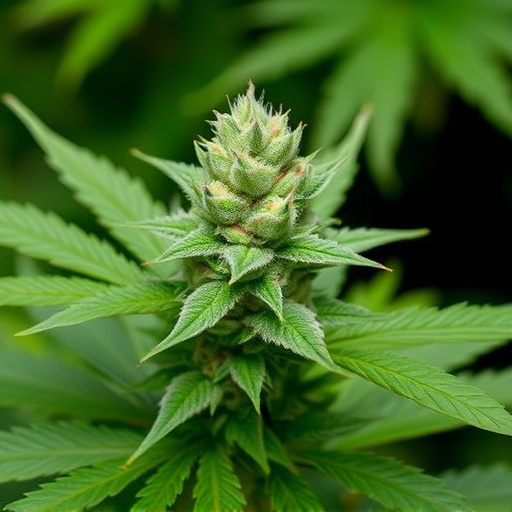
Sun-Grown Cannabis offers a unique set of advantages and challenges when compared to its indoor counterpart. One of the primary benefits is access to natural sunlight, which can enhance the plant’s overall health and potentially increase the concentration of beneficial compounds like terpenes, known for their therapeutic properties in best medical cannabis strains. This outdoor cultivation also allows for a more diverse range of genetic expressions, contributing to a broader spectrum of effects and potential medicinal benefits.
However, sun-grown plants are more susceptible to environmental factors such as unpredictable weather conditions, pests, and diseases. Growers must carefully monitor and manage these variables to ensure healthy plant development. Additionally, securing outdoor cultivation spaces can be challenging, especially in urban areas, where land availability and legal regulations may restrict this growing method.
Indoor Cultivation: Advantages and Disadvantages

Indoor cultivation offers a controlled environment for growing cannabis, allowing cultivators to optimize conditions for specific best medical cannabis strains. The advantages include year-round accessibility, protection from external elements, and precise temperature, humidity, and light regulation. This enables consistent quality and yield, making indoor farming ideal for commercial production and ensuring availability of high-quality medicine.
However, indoor cultivation also presents several disadvantages. It requires significant initial investment in infrastructure, including lighting systems, climate control mechanisms, and growing media. Moreover, the reliance on artificial lighting can be energy-intensive, contributing to higher operational costs compared to sun-grown cannabis. Space constraints are another challenge, as indoor facilities need to maximize vertical space for optimal plant growth.
Comparing Sun-Grown and Indoor: Which is the Best for Medical Strains?
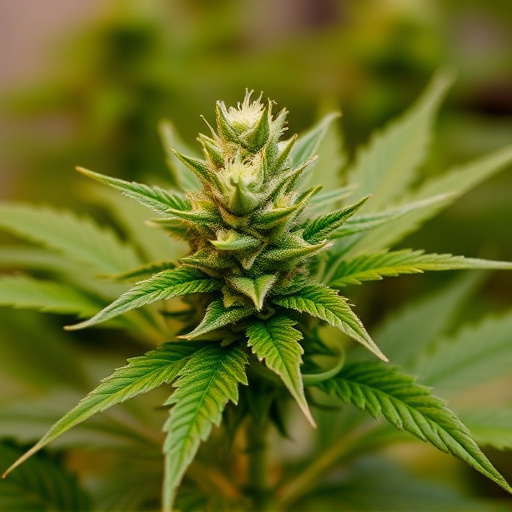
When comparing sun-grown and indoor cannabis, medical patients often seek the best strains for their specific needs. Sun-grown cannabis benefits from natural sunlight, resulting in higher levels of outdoor cannabinoids like CBG and CBC, known for their anti-inflammatory and analgesic properties. These strains are often praised for their natural terpene profiles, offering diverse aromas and effects that cater to a wide range of medical conditions.
On the other hand, indoor-grown cannabis provides more control over environmental factors such as temperature, humidity, and light cycles. This allows cultivators to optimize specific cannabinoid and terpene levels, making indoor strains ideal for patients seeking precise dosing. As a result, indoor cannabis is often associated with higher THC concentrations, which can be beneficial for managing severe pain or anxiety. The choice between sun-grown and indoor depends on individual preferences and medical requirements, with both options contributing significantly to the diverse landscape of best medical cannabis strains available today.
In the quest for the best medical cannabis strains, understanding the pros and cons of sun-grown versus indoor cultivation is paramount. Sun-grown cannabis offers benefits like superior terpene profiles and natural sunlight’s positive effects on plant health. However, outdoor cultivation faces challenges from unpredictable weather and pests. Indoor cultivation, while providing control over environmental factors, can result in higher costs and space limitations. When comparing the two, choosing the ideal method depends on specific strain requirements, local climates, and cultivator preferences. Ultimately, both sun-grown and indoor cannabis contribute to a diverse market, catering to various patient needs and preferences for the best medical strains.


